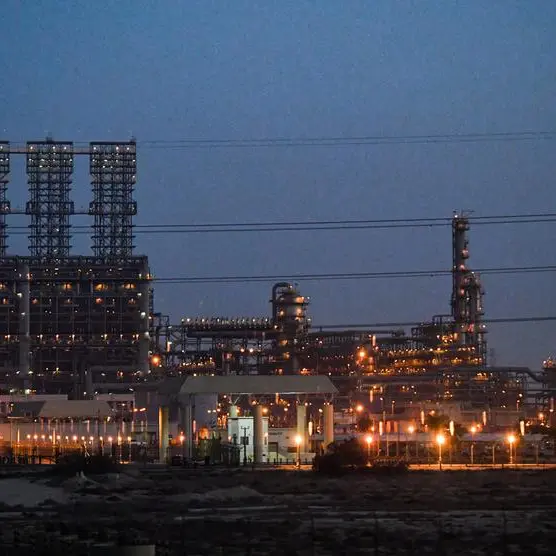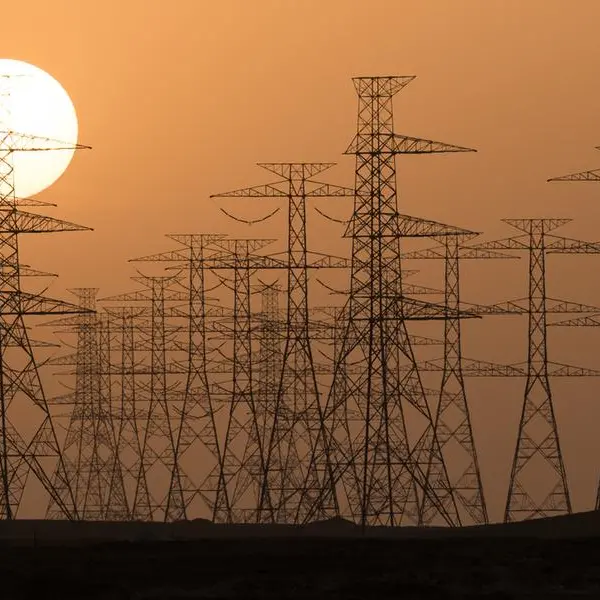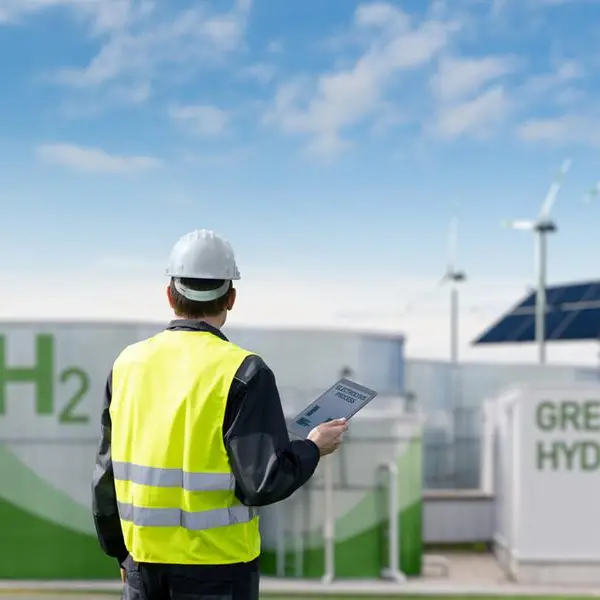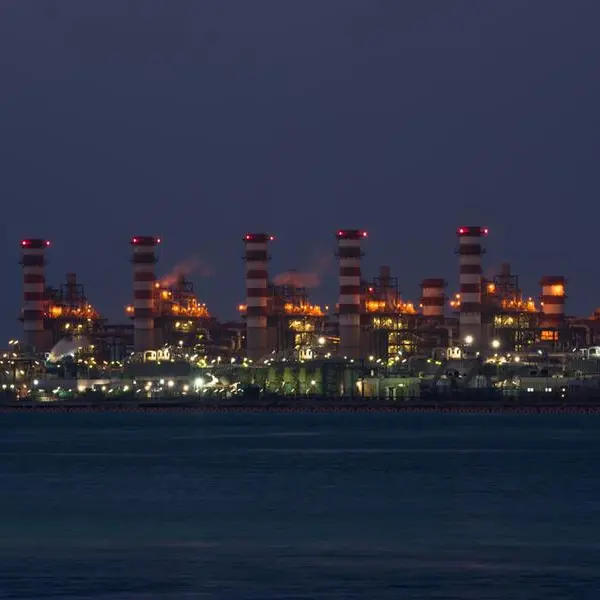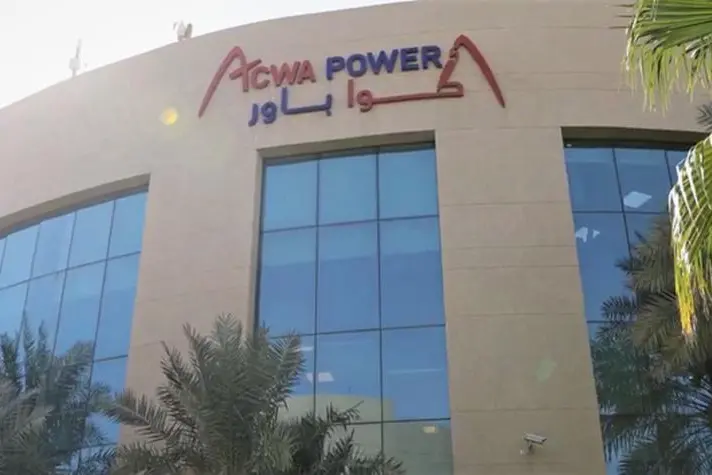PHOTO
Using new technology on smart screen. Getty Images Image used for illustrative purpose.
Jeddah: An international research team led by King Abdullah University of Science and Technology (KAUST) Professor Qiaoqiang Gan has designed a new technology for passive cooling that extracts water from the air using only gravity and no electricity or other forms of costly energy. Further, the technology is based on cheap, readily available materials. In addition to keeping electronic devices and other technologies cool, the water can be repurposed for irrigation, washing, cooling buildings, and other applications.
Scientists estimate that the atmosphere contains six times more water than all the fresh water in the rivers combined. "This water can be collected by atmospheric water harvesting technologies," says Gan. While these technologies work reasonably well, in arid environments like that of Saudi Arabia, they require electricity to harvest practical amounts of water. This demand risks deterring the adoption of solar cells in rural regions of the Kingdom, where electricity infrastructure is costly.
One reason for the low efficiency is that the water adheres to the surface of the harvesting device. KAUST Prof. Dan Daniel and Shakeel Ahmad, a postdoc in Gan's group, found that by adding a lubricant coating that is a mix of a commercial polymer and silicon oil, they could collect more water by relying on only gravity.
"A common challenge in atmospheric water harvesting systems is that water droplets tend to remain pinned to the surface of the device, necessitating active condensate collection. Our coating effectively eliminated pinning, enabling true passive water collection driven by water," says Ahmad. "Since this system operates entirely on passive radiative cooling, it does not consume any electricity."
The solution is based on Gan's previous technology, which he describes as "vertical double-sided architecture." That system was originally designed to reflect thermal heat back to the sky to keep solar cells and other electronic systems exposed to the outdoors cool but not to capture the water produced.
The new device was tested six times over the course of a year in natural conditions in the town of Thuwal, about 100 km north of Jeddah. It could almost double the rate of water collection compared with alternative atmospheric water harvesting technologies.
Along with the water collection efficiency, Daniel is equally excited about the economic benefits of adopting.
"The system does not consume any electricity, leading to energy savings. Moreover, it does not rely on any mechanical parts like compressors or fans, reducing the maintenance over traditional systems, leading to further savings," he said.
Along with Gan and Daniel, KAUST Associate Professor Gyorgy Szekely contributed to the study published in Advance Materials. This project is one of the many ongoing at the new KAUST Center of Excellence for Renewable Energy and Sustainable Technologies.




